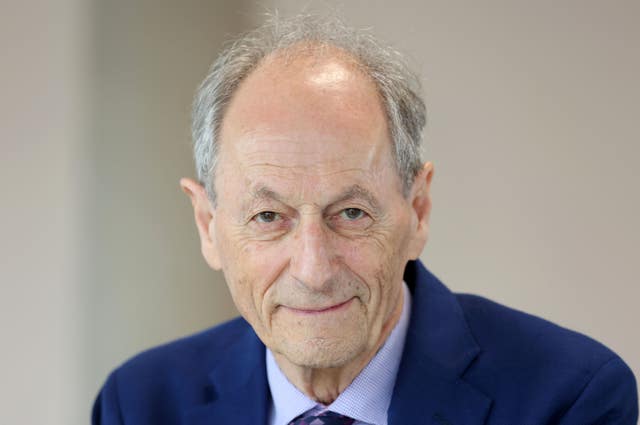Inequality killing on a ‘grand scale’ globally, experts warn
It comes as a new report from the WHO revealed targets designed to help tackle global health inequalities within a generation will not be met.

Inequality continues to kill people on a “grand scale” across the world, experts have warned, with factors like poor housing and a lack of education and jobs influencing health more than genetics or care.
It comes as a new report from the World Health Organisation (WHO) revealed targets designed to help tackle global health inequalities within a generation will not be met.
In 2008, the WHO commission on the social determinants of health highlighted how the conditions in which people are born, grow, live, work and age, as well as access to power, money and resources, have a powerful influence on health.
One key target set out in the document was to halve the gap in life expectancy between countries and between social groups within countries by 2040.
It also aimed to halve adult mortality rates in all countries and reduce child and material mortality rates by 90% and 95% respectively.
While WHO said progress has been made against all three targets, it warned that the “current rates of improvement are insufficient” to meet them in the next 15 years.
The new report highlights that improvements in education, job opportunities, water, energy, sanitation, housing and transport “have contributed greatly” to progress, but this has been “brought to a halt by a series of predictable and preventable global crises” and also “driven by conflict and pandemics”.
Professor Sir Michael Marmot, director of the UCL Institute of Health Equity and chair of the 2008 commission, added: “There is wide acceptance that the economy should work for the whole of society; similarly spending on defence protects the security of everyone.
“The same should be true for health because it is the outcome of action of the whole of government, not only of health departments.
“Our commission in 2008 laid out what needed to be done, yet too few countries have taken advantage of that technical advice.
“As such, the targets we set to close the health gap in a generation will be missed.
“It is a sad indictment on government leaders that social injustice continues to kill on such a grand scale.”

According to WHO, the gap in life expectancy at birth between the top and bottom third of countries declined by 5.6 years between 2000 and 2021, from a gap of 18.2 years to 12.5 years.
The biggest increase in life expectancy was in the bottom third countries – from 59 years to 66 years – although WHO warned “progress has slowed significantly”.
Available data also shows that the gap in life expectancy between the most and least advantaged groups within some countries has widened in the last two decades.
WHO said mortality among mothers and in children under five has improved, but needs to reduce further.
Between 2000 and 2023, the global rate of under-five mortality halved from 77 to 37 deaths per 1,000 live births, but will require a further reduction to eight deaths per 1,000 live births to meet the 2040 target.
During the same period, the global maternal mortality rate declined by 40%, but will have to fall from 197 deaths to 16 deaths per 100,000 live births to meet targets.
According to the UCL Institute of Health Equity, since the 2008 commission, a million people in 90% of areas in England were living shorter lives than they should have been between 2011 and the start of the Covid-19 pandemic.
It also highlights how life expectancy stalled nationally between 2010-2012 and 2020-2022, with the largest decreases seen in the most deprived 10% areas of the North East.
Sir Michael added that there is “still much to do” when it comes to health inequalities.
WHO is calling for action to address the so-called “structural drivers” of inequality, which include economic and political systems that create an unequal distribution of money, power and resources.
“The new report reinforces that most health outcomes are driven by the social circumstances of daily life, and inequities in power, money and resources,” Sir Michael said.
“These structural drivers of health inequalities have received much less focus over the period since they were laid out in the commission’s report.”





